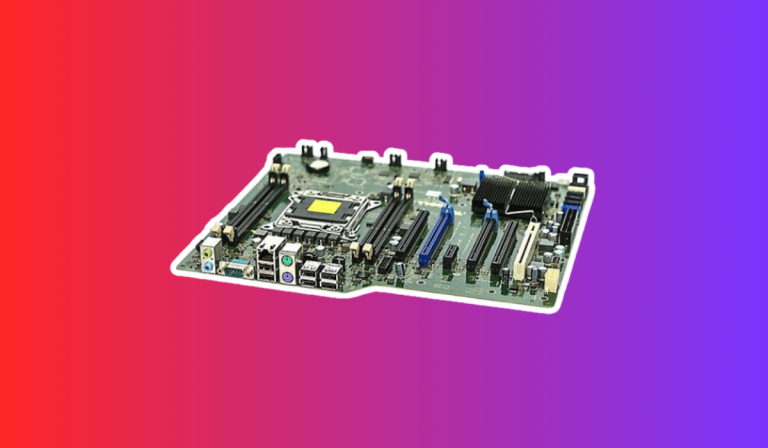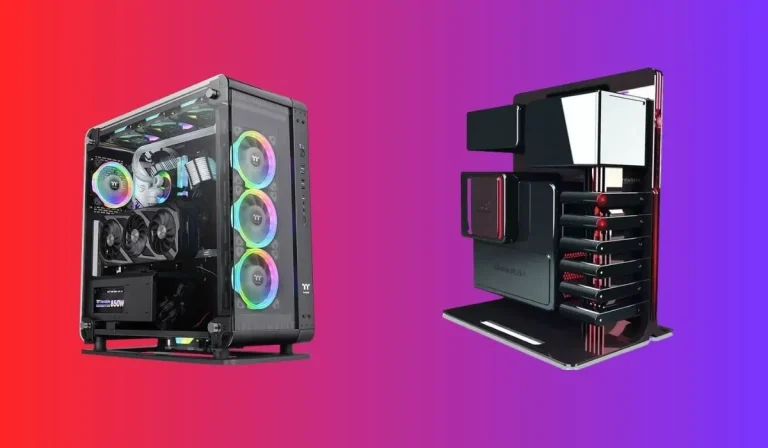How do I build a gaming PC with 2 video cards?
Are you ready to take your gaming adventures to the next level? Picture yourself immersed in breathtaking virtual worlds, with lifelike graphics and seamless performance. To achieve this, a powerful gaming PC is essential.
Selecting Compatible Video Cards
Factors to Consider
When choosing video cards for SLI or Crossfire, there are a few factors to keep in mind. Firstly, ensure that both video cards are from the same manufacturer and have the same model number. This ensures compatibility and smooth operation. Additionally, check the power requirements of the video cards and make sure your power supply unit (PSU) can handle the combined power draw.
Motherboard Compatibility
To use multiple video cards, your motherboard needs to support SLI or Crossfire technology. Look for a motherboard that has multiple PCIe x16 slots and supports the specific SLI or Crossfire configuration you plan to use. Be sure to consult the manufacturer’s specifications and compatibility lists to confirm compatibility.
Recommended Video Card Models
While the specific video card models you choose will depend on your budget and gaming requirements, there are some popular options known for their compatibility and performance. Examples include the NVIDIA GeForce RTX 2080 Ti, AMD Radeon RX 5700 XT, and the NVIDIA GeForce GTX 1660 Super. Research user reviews and benchmarks to find the best video cards that suit your needs.
Power Supply and Cooling Considerations
Determining Power Requirements
Running two video cards simultaneously places a higher demand on your power supply unit (PSU). To avoid power-related issues, calculate the total power consumption of your components, including the video cards, CPU, storage drives, and other peripherals. Choose a PSU that can provide sufficient wattage to accommodate the power needs of your entire system.
Selecting a Suitable Power Supply Unit (PSU)
Look for a PSU with a wattage rating that exceeds the calculated power consumption of your components. It’s recommended to choose a PSU with a minimum efficiency rating of 80 Plus Bronze to ensure energy efficiency and stable power delivery. Additionally, check if the PSU has the necessary power connectors to support multiple video cards.
Effective Cooling Solutions
Running two video cards can generate more heat, which can impact performance and potentially cause overheating. Ensure your PC case has adequate airflow with sufficient intake and exhaust fans. Consider installing an aftermarket CPU cooler and additional case fans if needed. Also, make sure the video cards themselves have sufficient cooling, either through their built-in fans or aftermarket cooling solutions.
Installing and Configuring Multiple Video Cards
Physical Installation
Start by powering off your PC and disconnecting it from the power source. Carefully remove the side panel of your computer case to access the motherboard. Locate the PCIe x16 slots and insert the video cards into the appropriate slots.
Ensure they are securely seated and fasten them using the provided screws. Connect the power cables from your PSU to the video cards, ensuring a proper and secure connection.
Driver Installation
After physically installing the video cards, you’ll need to install the necessary drivers and software. Visit the manufacturer’s website for each video card and download the latest drivers. Install the drivers one by one, following the on-screen instructions. Reboot your PC after each installation to ensure proper functionality.
Configuring SLI or Crossfire: If you are using NVIDIA video cards, you’ll need to enable SLI (Scalable Link Interface) in the NVIDIA Control Panel. Open the control panel, navigate to the “3D Settings” section, and select “Configure SLI, Surround, PhysX.”
Follow the prompts to enable SLI and apply the changes. For AMD video cards, you’ll need to enable Crossfire in the AMD Radeon Settings software. Open the software, navigate to the “Gaming” tab, and select “Global Settings.” Enable Crossfire and save the settings.
Testing and Optimization
After installing and configuring the multiple video cards, it’s essential to test their performance and ensure proper functionality. Launch your favorite games or benchmarking tools and monitor the frame rates and overall performance. If you encounter any issues, double-check the connections, drivers, and configuration settings. You may need to consult the manufacturer’s documentation or seek assistance from online communities for troubleshooting.
FAQ’s
1. Can I use two different video card models in the SLI/Crossfire configuration?
No, for optimal performance and compatibility, it is recommended to use the same model of video cards from the same manufacturer.
2. Do I need a special motherboard to support multiple video cards?
Yes, you will need a motherboard that supports SLI (Scalable Link Interface) or Crossfire technology. Ensure it has multiple PCIe x16 slots and is compatible with the specific configuration you plan to use.
3. Will my power supply unit (PSU) be sufficient for dual video cards?
It depends on the power consumption of your entire system. Calculate the total power requirements of all components and ensure your PSU has a sufficient wattage rating to handle the load.
4. Do I need to configure anything in the software for dual video cards?
Yes, you will need to install the appropriate drivers for each video card and enable SLI or Crossfire in the respective control panel or software provided by the manufacturer.
5. Can I mix graphics card generations in SLI/Crossfire?
No, SLI and Crossfire typically require the same generation of video cards to work together. Mixing different generations may result in compatibility issues and limited performance gains.
Conclusion
Building a gaming PC with two video cards can greatly enhance your gaming experience, providing increased performance and graphical capabilities.
However, it is crucial to research, plan, and execute the build carefully to achieve optimal results. Consider power supply and cooling requirements, install and configure the video cards correctly, and ensure compatibility between components.




